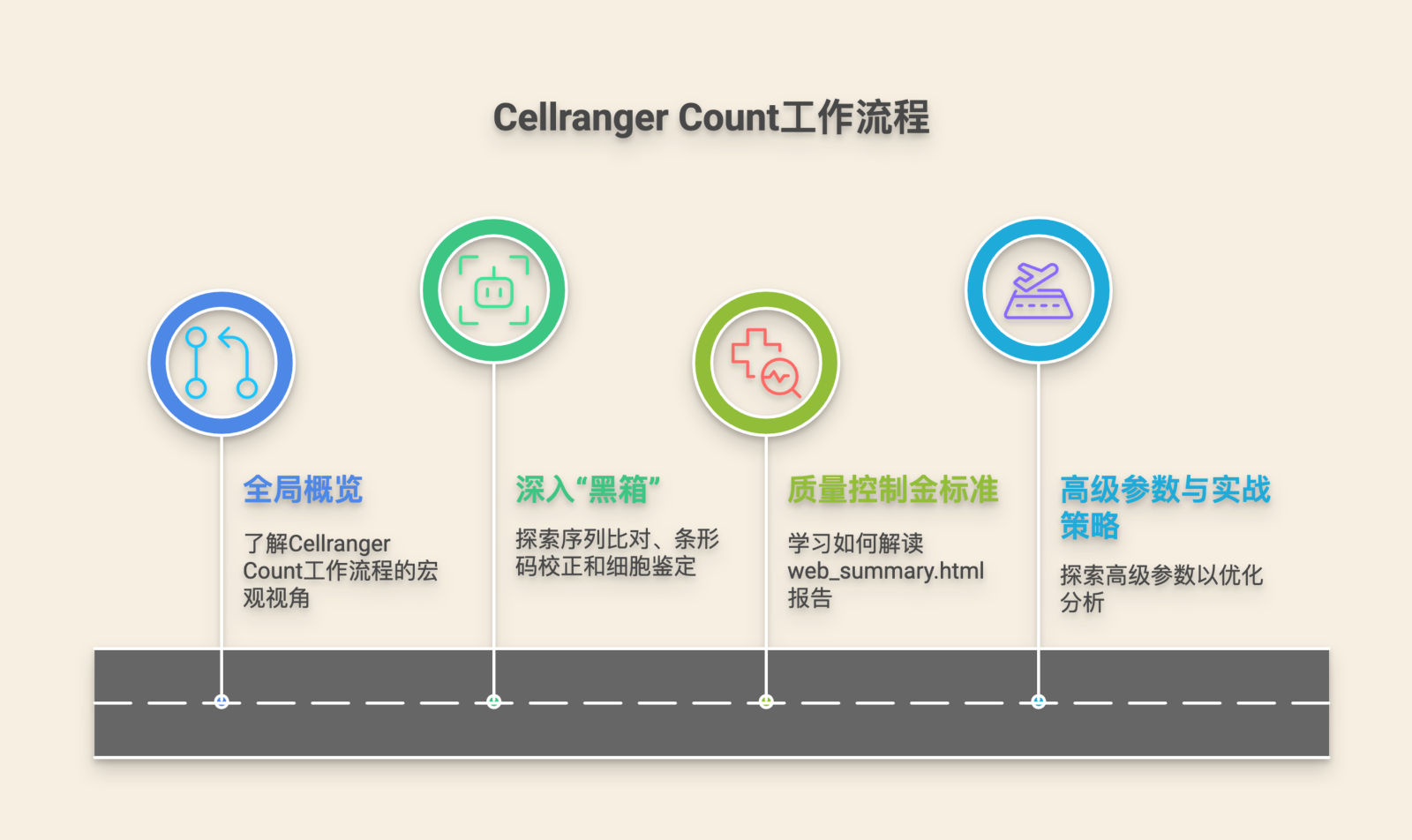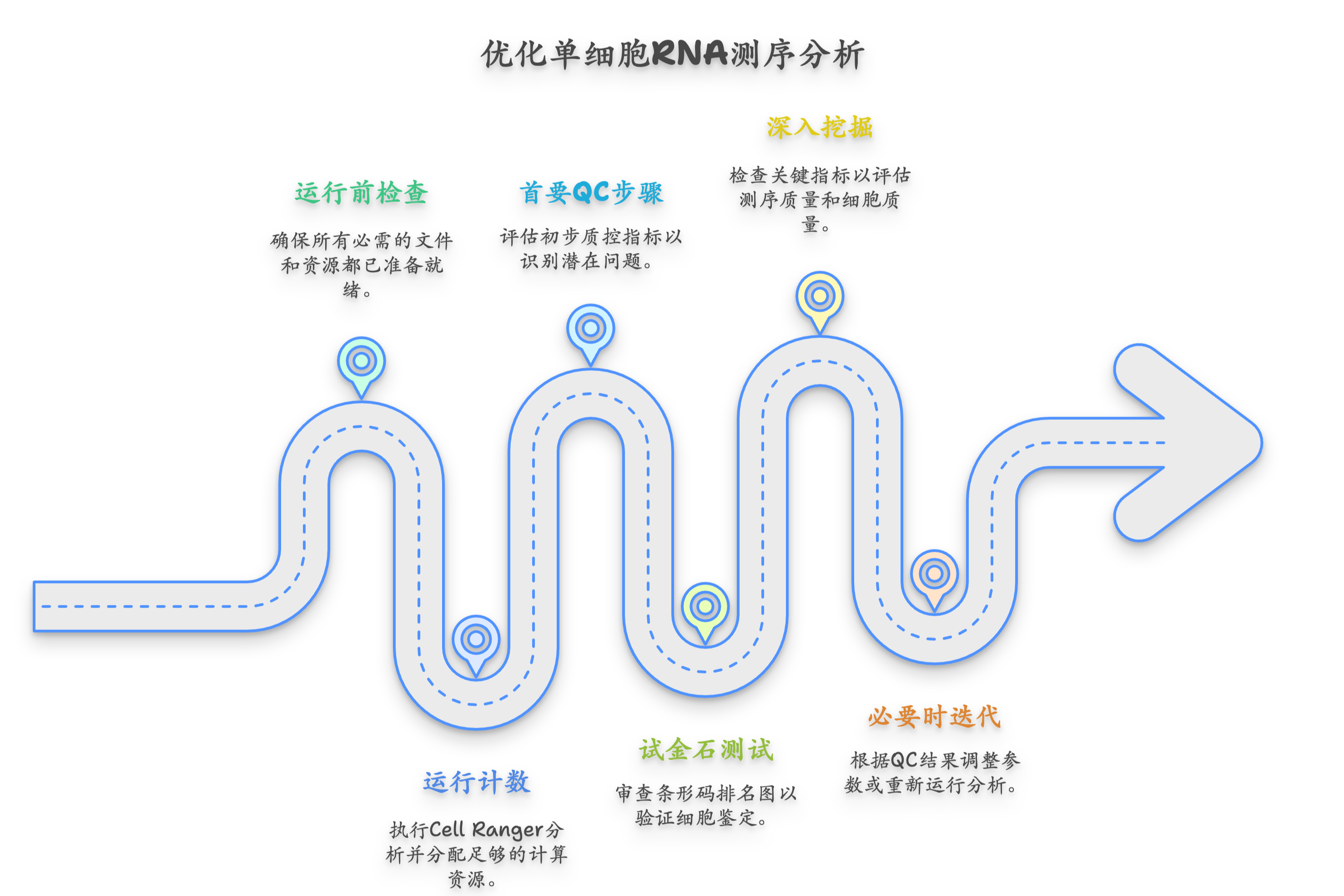
high-throughput sequence analysis cluster underpins data-driven precision medicine initiatives. These services handle vast omics datasets to uncover therapeutic targets and biomarkers. With optimized analytics and cloud-native workflows, they expedite variant interpretation and biomarker discovery.
Scalable Bioinformatics Computing Servers for High-Throughput Analysis
The field of bioinformatics is characterized by the generation of immense volumes of data from modern sequencing technologies. Elastic, high-performance servers make large-scale bioinformatics both feasible and cost-effective.
- The capacity to add compute and storage when needed is fundamental to scalable servers.
- Modern servers integrate parallel compute engines to process many samples simultaneously.
- Use cases span genome and transcriptome analysis, proteomics workflows, and computational phenotyping.
The cloud era delivers shared infrastructure that researchers worldwide can provision for intensive analyses.
Cloud-Based Bioinformatics: Accelerating Genomic Research at Scale
High-throughput sequencing technologies have driven a deluge of genomic data needing scalable analysis backends. Dedicated bioinformatics clouds provide on-demand compute, scalable storage, and comprehensive tool suites to accelerate research.

Holistic Bioinformatic Analyses Enabled by Cloud Resources
Analyzing large, complex datasets now often necessitates access to high-performance compute clusters. On-premises systems are effective but may require heavy investment to meet intermittent high workloads.
The cloud permits elastic provisioning for demanding bioinformatics tasks, enabling broader experiment scope.
Additionally, cloud elasticity minimizes idle resources and aligns spending with actual usage while enabling team collaboration.
Custom Cloud Services Driving Bioinformatics Innovation
Bioinformatics growth is paired with the rise of tailored cloud services that address specialized analytic needs. These solutions provide reproducible pipelines, compliant data handling, and compute elasticity for biomedical research.
Additionally, the cloud's adaptability democratizes computational resources so more researchers can contribute to breakthroughs.

On-Demand Compute to Streamline Genomic Workflows
Elastic compute enables parallel processing of samples and shortens overall project timelines. On-demand compute minimizes administrative burden while enabling prompt processing of heavy workloads.
Ready images with pre-installed bioinformatics tools accelerate onboarding and analysis start times. By removing installation overhead, teams can invest more time in analysis design and insight generation.
Bioinformatics as a Service: Democratizing High-Performance Analysis
These service models provide turnkey access to analytical power, specialized databases, and collaborative tools. Cloud services help translate raw sequence data into actionable results for therapeutic research and clinical contexts.

- aaS models let researchers access compute power on demand for peak processing windows.
- The cloud fosters reproducible research by providing shared, versioned environments for collaboration.
- Machine learning, statistical models, and curated analytics uncover novel patterns in omics datasets.
On-Demand Bioinformatics for Personalized Treatment Strategies
The accumulation of high-resolution patient data supports individualized diagnostic and therapeutic decisions. They support decision-making by identifying actionable mutations, therapy targets, and likely responders. Accessible, actionable analytics accelerate translation from molecular data to individualized clinical actions.
High-Performance Bioinformatics for Deep Biological Insight
High-performance computing uncovers structure-function relationships and regulatory networks from omics data. Analyzing genomic sequences and protein structures at scale allows identification of hidden patterns that would be imperceptible by eye.

Robust compute and algorithm suites let scientists simulate, analyze, and hypothesize about biological systems.
Next-Gen Bioinformatics Infrastructure for Scalable Discovery
Next-gen platforms must support high-throughput sequencing, ML models, and interactive analysis at scale. These advanced infrastructures leverage high-performance computing, parallel processing, and cloud technologies to enable accelerated analysis of genomic sequences, proteomic profiles, and other molecular datasets.
- Cloud platforms provide elastic compute, pay-as-you-go storage, and flexible provisioning for variable workloads.
- Focused software development yields purpose-built tools that accelerate specific research tasks.
bioinformatics cloud platform
They enable teams to run large, collaborative studies that drive progress in health, environment, and agriculture.
A Scalable Bioinformatics Toolset for Scientific Innovation
Comprehensive platforms combine curated pipelines with interactive tools to support exploratory and production analyses. Modularity lets researchers combine alignment, annotation, phylogenetics, and visualization to drive discovery. An easy-to-use interface and integrated resources let biologists and bioinformaticians explore data without heavy admin overhead.
